A Pompano is any number of fish species in the taxonomic genus Trachinotus. Researchers recognize 21 different species in the group. A few species in this group go by names other than “Pompano,” including the permit, dart, and palometa. Read on to learn about the Pompano.
Description of the Pompano
The different species have various sizes and some variation in color, but most share a similar body plan. Their bodies have a narrow and tall shape and a forked tail. Most have silvery coloration on their scales, and some have yellow or black markings on their fins.
Each species varies in size, but at their largest they reach nearly four feet long. For the most part, the average individual measures about two feet long or so.
Interesting Facts About the Pompano
These fish have a number of interesting traits and adaptations. Learn more about what makes a few specific species unique, below.
- Permit – This species is the largest in the group, with adults reaching a maximum of four feet long. People popularly target this species as a sport fish, and the United States Navy has even named two submarines after the fish.
- Florida Pompano – Another commonly targeted sport fish, this species looks quite similar to the permit. The best way to tell the difference is by the permit’s larger size. People also farm this species in aquaculture, because they grow quickly and have tasty flesh.
- Palometa – People refer to this species by a wide range of names depending on the region. Some commonly used nicknames include old wife, wireback, cobbler, great Pompano, and more. The easiest way to distinguish this species is by its elongated dorsal and anal fins, which curve backwards towards its tail.
Habitat of the Pompano
Different species in this group utilize different specific habitats. Some of the different habitats that they use include coastal regions close to shore and within the surf zone, estuaries, offshore regions, coral reefs, tidal flats, and more. Fish of different ages and sizes utilize different habitat types.
Distribution of the Pompano
Each species has its own unique distribution and range. Some live across wider regions while others utilize just a small area. You can find the various species across tropical and temperate regions throughout the globe. They live in the Atlantic, Pacific, Indian, and the Indo-Pacific region.
Diet of the Pompano
As is the case with habitat and distribution, these fish eat different prey depending on the species. The age and size of the fish also factors into their diet. Younger, smaller fish tend to feed primarily on small invertebrates, such as shrimp, crabs, plankton, copepods, and more. Adults eat crabs, small fish, clams, worms, and more.
Pompano and Human Interaction
Humans interact with different species in different ways. People target quite a few species as food sources, and some have high popularity in sportfishing. Some people even raise certain species in fish farms for commercial sale of their meat.
The impact of fishing and accidental capture in fisheries targeting other species varies species by species. Though some species have regional population decline, the IUCN lists most as Least Concern.
Domestication
Humans have not domesticated this species in any way.
Does the Pompano Make a Good Pet
No, you wouldn’t want to keep this fish as a pet. Most grow too large to comfortably house in a home aquarium.
Pompano Care
Some aquariums house certain species in this group in commercial aquariums. They keep the fish in schools, and house them in large tanks with plenty of space for the fish to forage and exercise. Some aquariums keep the fish in mangrove-style enclosures that replicate estuaries and similar habitats they might experience in the wild.
Behavior of the Pompano
All of the various species live in groups known as schools. Some congregate in larger numbers, while others live primarily in small schools. The schools generally spend their time swimming in search of bottom-dwelling prey. Multiple schools come together in large numbers during the breeding season to spawn.
Reproduction of the Pompano
These fish reproduce via spawning, where the female releases her eggs and the male fertilizes them outside of the body. The specific breeding behavior varies from species to species, but most congregate offshore to spawn. The number of eggs produced varies based on the species and the size of the female.
The young hatch as a larval form, and float freely in the water column for a period of time as they grow. As they reach their juvenile stage, they move into estuaries and shallow regions to search for prey and hide from predators until they reach adulthood.

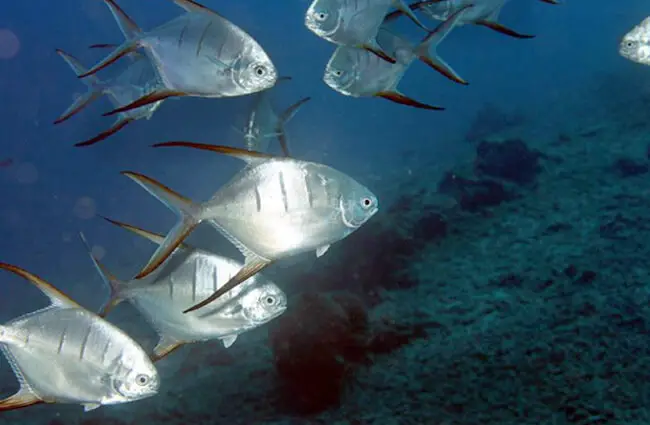


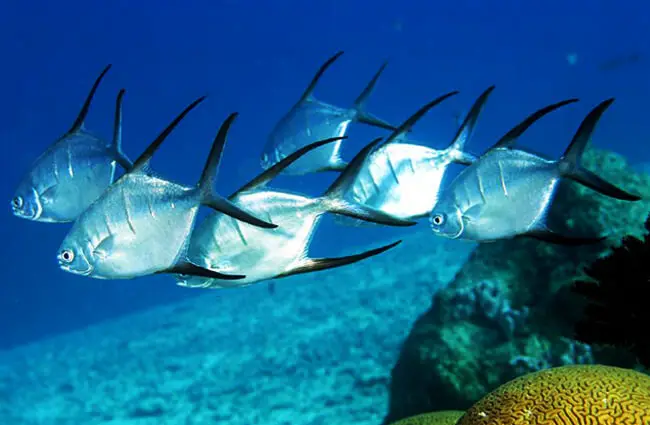
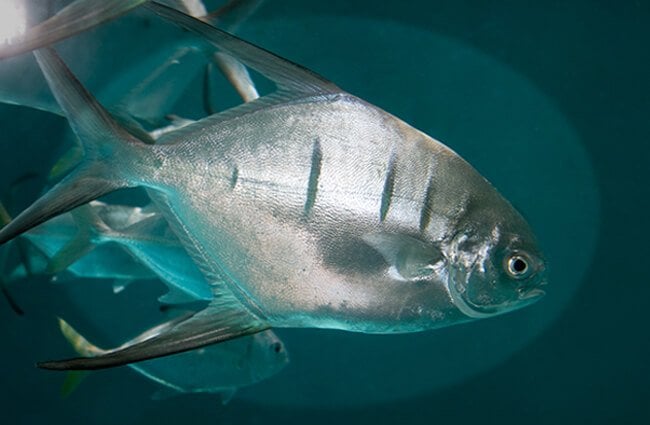
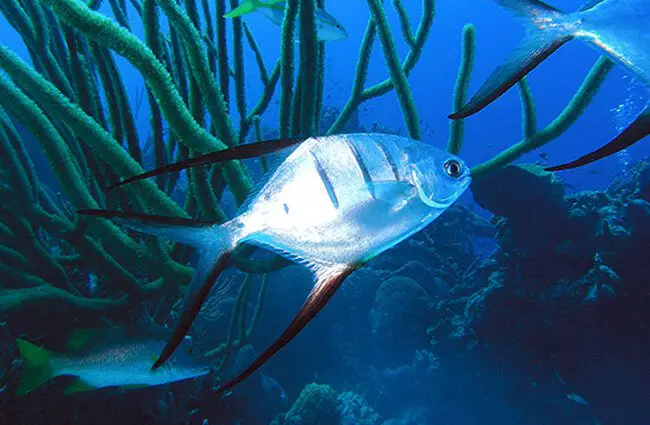
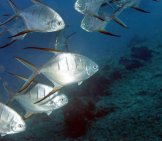
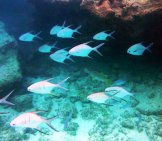
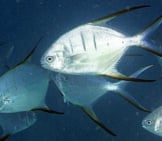

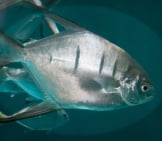
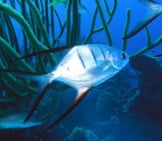
![Red Angus Closeup of a beautiful Red Angus cowPhoto by: U.S. Department of Agriculture [pubic domain]https://creativecommons.org/licenses/by/2.0/](https://animals.net/wp-content/uploads/2020/03/Red-Angus-4-238x178.jpg)












![Red Angus Closeup of a beautiful Red Angus cowPhoto by: U.S. Department of Agriculture [pubic domain]https://creativecommons.org/licenses/by/2.0/](https://animals.net/wp-content/uploads/2020/03/Red-Angus-4-100x75.jpg)

